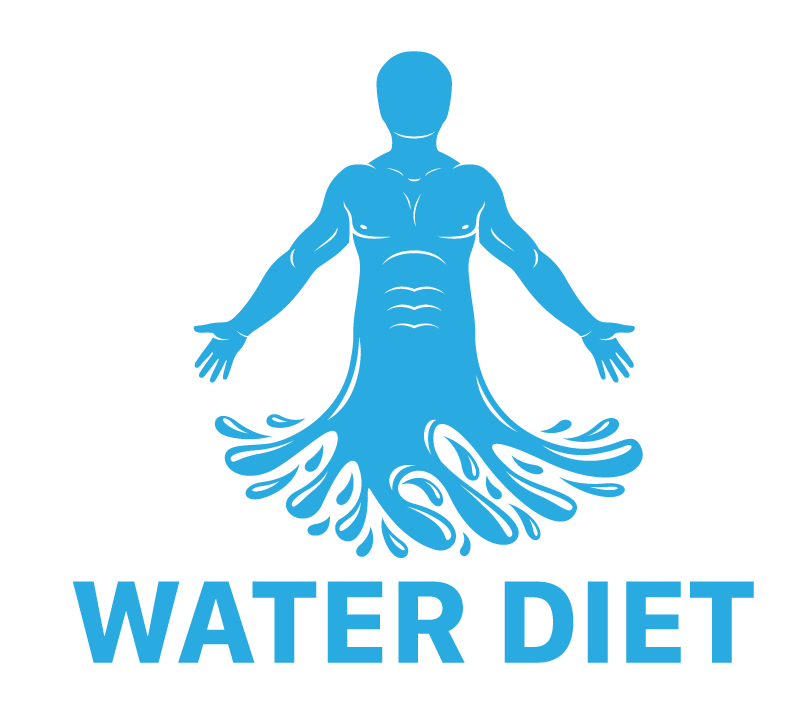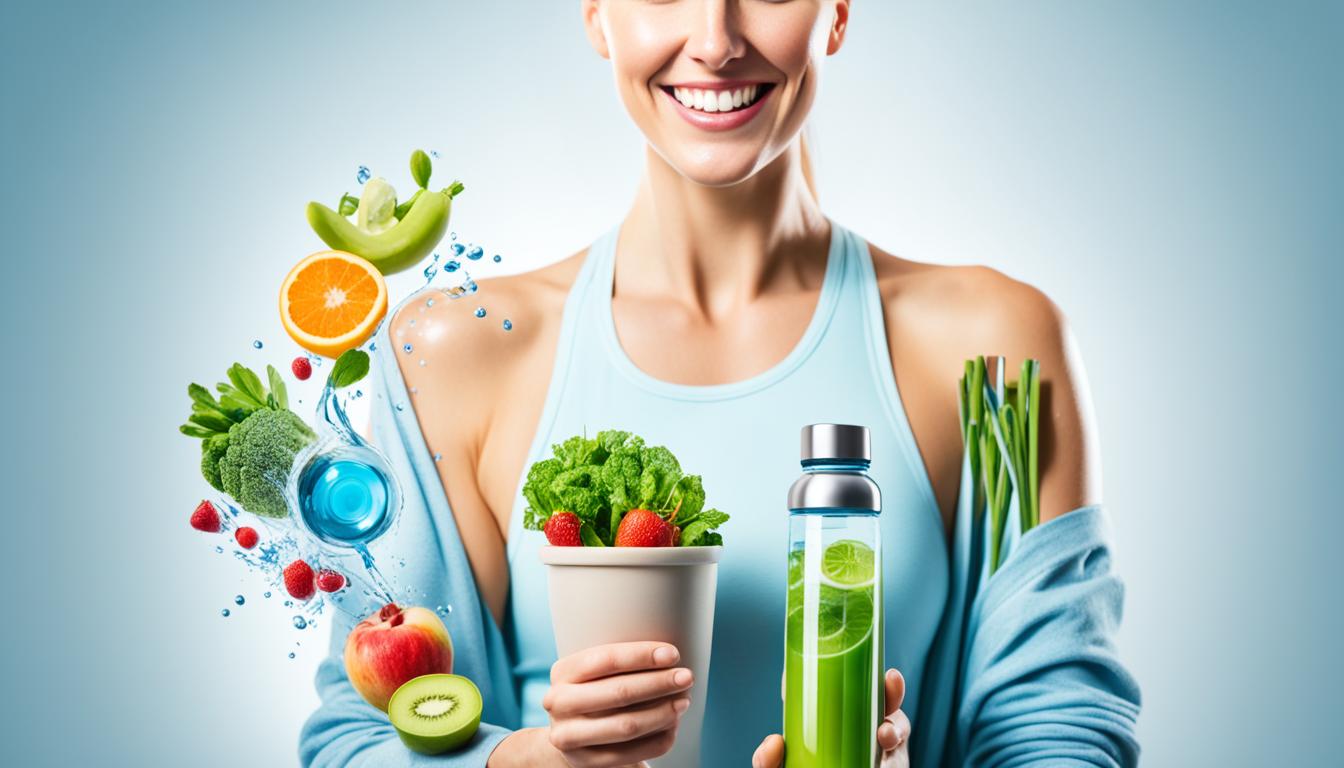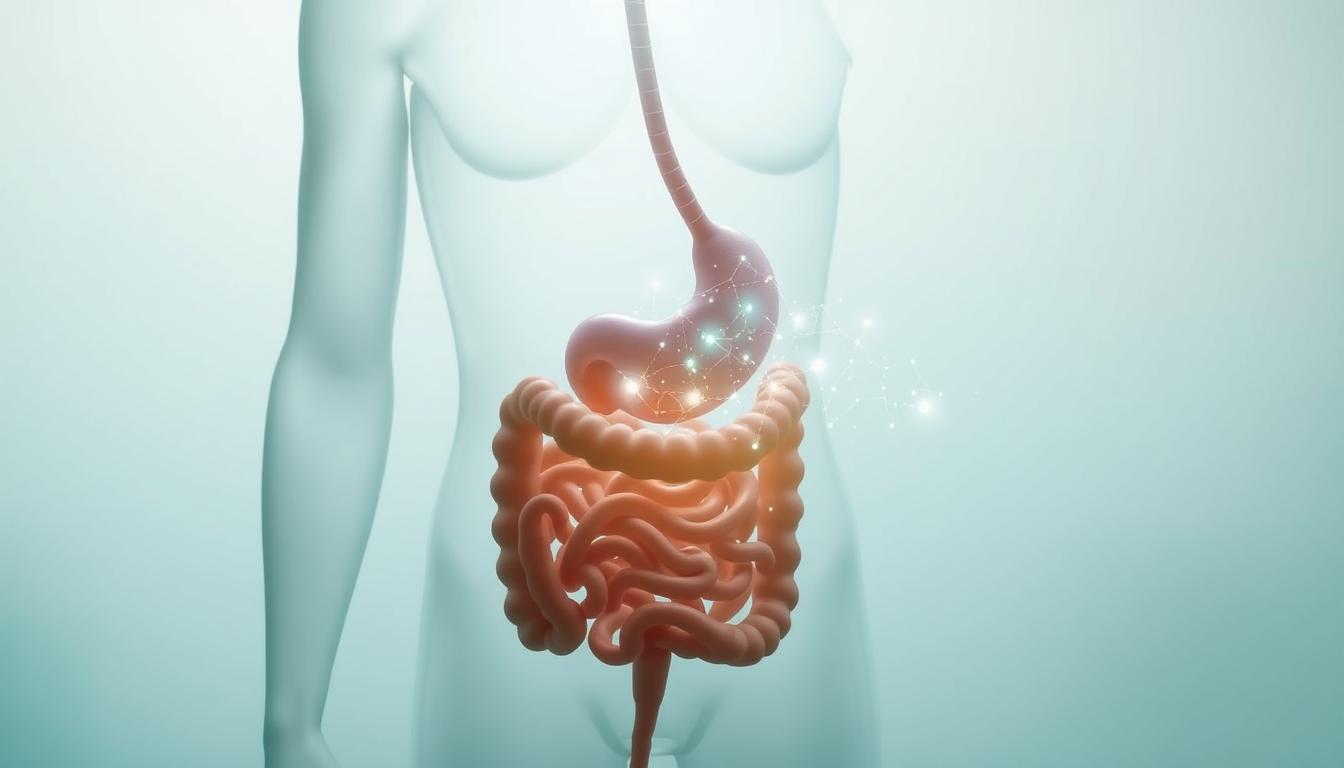Achieving optimal hydration is a pivotal component of maintaining good health, yet it can often seem like a maze of contradictory advice. A critical question often comes to mind: What is the right daily water intake for wellbeing? The answer, while seemingly straightforward, depends on a web of factors unique to each individual, from activity levels to environmental conditions.
Guidance from health authorities like the Mayo Clinic and the U.S. National Academies of Sciences, Engineering, and Medicine sheds light on hydration recommendations, emphasizing the significance of water in our lives. Water does much more than quench thirst; it’s a vital participant in our body’s daily performance, facilitating numerous biological processes that underpin our overall well-being.
It is essential to recognize that there is no one-size-fits-all solution when it comes to hydration. Instead, understanding and tuning into one’s body can guide towards achieving the right balance. From supporting digestion to aiding in temperature regulation, the role of water in the human body is profound and multifaceted, reminding us that staying hydrated is about far more than avoiding thirst.
Key Takeaways
- Recognize water’s pivotal role in maintaining optimal hydration.
- Understand that daily water intake varies from person to person.
- Consider personalized hydration recommendations based on individual needs.
- Stay attuned to your body’s signals for water requirements.
- Include a mix of fluids and water-rich foods to stay hydrated.
- Monitor indicators like urine color to gauge your hydration level.
Understanding Hydration: How Much Water Should You Drink Daily?
The importance of hydration cannot be overstated, especially when it comes to maintaining optimal health and wellness. Yet, there’s a manifold of personal factors that dictate hydration recommendations. Through exploring these variables, we can tailor our daily water intake to better serve our body’s needs.
The Importance of Hydration for Bodily Functions
Water is the linchpin in a plethora of vital bodily functions. Its roles range from expelling toxins to regulating body temperature and ensuring our joints are well-lubricated. Given that our body weight consists of about 50% to 70% water, understanding the importance of hydration is akin to discerning a tool essential for our survival.
Personal Hydration Needs: Factors Affecting Daily Water Intake
While the U.S. National Academies of Sciences, Engineering, and Medicine lay down a broad recommendation—about 15.5 cups (3.7 liters) for men and roughly 11.5 cups (2.7 liters) for women daily—it’s crucial to acknowledge that hydration recommendations vary based on individual lifestyle and health profiles.
| Factor | Impact on Hydration Needs |
|---|---|
| Physical Activity | Higher activity levels increase fluid requirements. |
| Environment | Extremes in climate call for adjustments in water intake. |
| Health Status | Certain health conditions mandate increased fluid consumption. |
| Life Stages | Pregnancy and breastfeeding necessitate additional hydration. |
These guidelines portray a baseline from which to consider water consumption guidelines.
Deciphering Hydration Myths: The Truth About Daily Water Goals
The well-known axiom to “drink eight glasses a day” simplifies hydration recommendations but doesn’t take into account personal demands. Signs of adequate hydration—like not feeling excessively thirsty, urine that is clear or pale yellow, and standard urination frequency—serve as more reliable gauges of proper daily water intake.
Assessing Individual Needs: Customizing Your Daily Water Intake
Personalizing your daily water intake is more than a suggestion—it’s necessary for maintaining health and wellness. Unlike a one-size-fits-all approach, customization acknowledges that hydration is profoundly personal and varies from one person to another. A myriad of factors contribute to your unique hydration recommendations, including age, level of physical activity, eating habits, the climate you live in, and any medications you may be taking.
One practical way to monitor personal hydration is by observing the color and frequency of your urine. For most people, a well-hydrated body will produce urine every 90 minutes to two hours, with the urine color being colorless or light yellow. If you notice a darker hue or a decrease in frequency, this could be a signal to assess your water consumption practices. Conversely, if your urine is too frequent and completely clear, this might suggest excessive water intake.
- Recognize the need for more water during increased physical exertion or in hotter climates.
- Adjust water consumption when encountering health challenges such as fever or gastrointestinal upset.
- Be mindful of how medications may affect your hydration needs and adjust accordingly.
- Understand that life stages, such as pregnancy or breastfeeding, may require additional fluids.
It’s crucial to tailor your hydration recommendations to match your daily living conditions and personal health goals. Let’s explore how specific factors can influence your optimal water intake.
| Personal Factor | Impact on Water Intake |
|---|---|
| Age | Younger individuals and the elderly may have different water needs due to body composition and metabolic rates. |
| Activity Level | The more active you are, the greater your water requirements to compensate for fluid loss. |
| Diet | Consumption of water-rich foods, such as fruits and vegetables, can supplement fluid intake. |
| Climate | Living in hot or dry environments will increase the necessity for water. |
| Medications | Certain medications might cause increased fluid loss, necessitating a higher water intake. |
While experts provide general guidelines, identifying your personal hydration requirements and daily water intake involves not only understanding but also listening carefully to your body’s signals. This dynamic approach ensures that your body maintains the balance it craves for optimal functioning. Ultimately, water is a vital nutrient, and how we integrate it into our daily lives should reflect our diverse and changing needs.
Hydration Beyond Water: Alternative Sources to Meet Your Fluid Intake
When considering optimal hydration levels, it’s important to note that water is not the sole source for meeting our body’s fluid requirements. A well-rounded approach to hydration taps into a variety of alternative sources, broadening our understanding of effective hydration recommendations and how we can maintain fluid balance for overall health.
Food as a Source of Hydration: What to Eat for Better Water Balance
It may be surprising to some that the journey towards optimal hydration levels can be deliciously diverse. A significant portion of our daily hydration—approximately 20%—comes from the food we consume. Fruits and vegetables with high water content not only nourish our bodies with essential nutrients but also contribute substantially to our fluid intake. Including hydration-boosting foods such as watermelon, spinach, and cucumbers is a mouthwatering and efficient way to aid in meeting hydration recommendations. The following table provides insights into alternative hydration sources via food:
| Food | Water Content | Beneficial Nutrients |
|---|---|---|
| Watermelon | 92% | Vitamin C, Vitamin A, Magnesium |
| Spinach | 92% | Iron, Vitamin K, Folate |
| Cucumbers | 95% | Vitamin K, Potassium, Manganese |
| Strawberries | 91% | Vitamin C, Manganese, Folate |
| Peaches | 88% | Vitamin C, Vitamin A, Fiber |
Hydrating with Beverages: What Counts Towards Your Fluid Intake?
In addition to water and hydration-prominent foods, various beverages contribute towards achieving hydration recommendations. Milk, juice, and herbal teas are such drinks offering hydrating benefits alongside diverse flavors. Milk, for instance, is not only about 90% water but also provides calcium and vitamin D, important for bone health. Nevertheless, caution is advised with caffeinated beverages and sugary drinks which, while hydrating, must be consumed in moderation due to other health considerations.
- Milk: A hydrating option rich in nutrients and a good source of protein.
- Juice: Offers hydration with additional vitamins but look for options with no added sugars.
- Herbal teas: Provide a comforting and warm way to hydrate without caffeine.
Integrating a well-rounded array of hydration sources into one’s diet is a flavorful way to ensure optimal hydration levels without relying on water alone. By recognizing these nutritious alternative hydration sources, individuals can hydrate effectively while enjoying the benefits of a nutrient-rich diet.
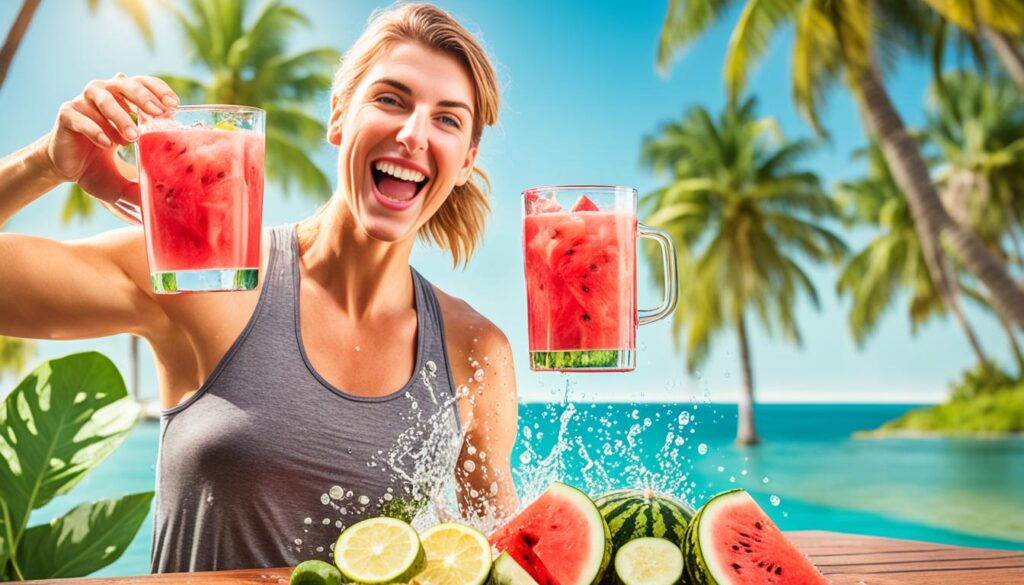
Navigating Extremes: Avoiding Dehydration and Overhydration
Maintaining adequate hydration is crucial, but it’s just as important to be aware of the dangers at either end of the spectrum. Understanding and managing our fluid intake helps in preventing dehydration and the dangers of overhydration. A balanced intake optimizes health, whereas deviations can lead to adverse conditions like dehydration and hyponatremia.
Recognizing the Signs of Dehydration and the Need for Immediate Action
Dehydration happens when your body does not have enough fluid to function properly. Recognizing the signs of dehydration is vital because the implications extend beyond mere discomfort. Symptoms can manifest subtly, beginning with thirst and dry mouth, but can escalate to more serious issues like fatigue, confusion, and extreme mood changes.
| Symptom | Potential Consequence | Preventive Action |
|---|---|---|
| Mild Thirst | Might be overlooked, leading to further dehydration | Drink water regularly, don’t wait till you’re thirsty |
| Dry Skin | Loss of skin elasticity, signaling dehydration | Use a moisturizer and increase fluid intake |
| Dark Urine | Indicates concentrated urine due to low fluid volume | Consume more fluids to dilute urine |
| Lightheadedness | Risk of fainting or dizziness, which can lead to injuries | Maintain hydration, especially in hot environments or during exercise |
For those at increased risk due to factors like fever, strenuous exercise, or high environmental temperatures, proactive hydration is key to preventing dehydration.
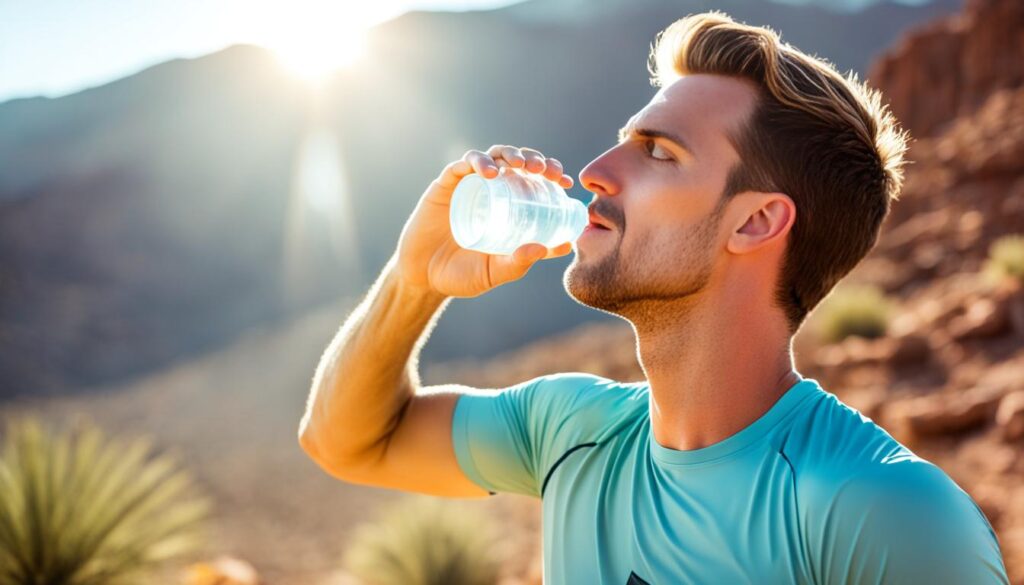
Hyponatremia: Understanding the Dangers of Overhydration
Ironic as it may seem, overhydration, or hyponatremia, is another potential hazard. Athletes, especially those in endurance sports, are sometimes at risk due to excessive water consumption which diminishes blood sodium to dangerous levels. Symptoms of hyponatremia can include nausea, headaches, confusion, and in extreme cases, can lead to seizures or coma.
| Condition | Explanation | Preventive Measures |
|---|---|---|
| Hyponatremia | Overly diluted sodium in the blood due to excessive water intake | Consume electrolyte-rich fluids and balance water intake |
| Exercise-Associated Hyponatremia | Occurs during endurance sports when athletes only replenish water | Include sports drinks with electrolytes during long workouts |
| Pathologic Hyponatremia | Associated with health conditions affecting water and electrolyte balance | Consult health professionals for tailored hydration strategies |
| Acute Hyponatremia | Rapid onset, often due to excessive fluid intake in a short period | Monitor fluid intake and avoid overconsumption |
Understanding your body’s needs and reacting appropriately to signs of dehydration and hydration cues are the best defenses against these hydration-related extremes.
Conclusion
Embarking on the journey toward optimal health invariably involves understanding the nuances of maintaining proper hydration. Navigating through daily life with a personalized hydration strategy underpins the achievement of this goal. As we assimilate the insights gleaned from hydration research, we are presented with actionable steps that can lead to improved health outcomes and wellbeing. By being attuned to the body’s natural signals and integrating key practices, we lay down the foundation for a well-hydrated lifestyle.
Implementing Practical Hydration Strategies for Optimal Health
Central to these hydration strategies is the dynamic approach of responding to individual hydration needs. Advised by research from prominent organizations and health experts, we learn that factors such as age, activity, diet, and climate play pivotal roles. Yet, beyond numbers and calculations, staying hydrated is about mindfulness—listening to our body’s cues, such as urine color and sensations of thirst, to inform us of our fluid needs. It’s clear that maintaining proper hydration transcends mere intake; it encompasses a comprehensive understanding of our own physiology and lifestyle.
Key Takeaways for Maintaining Proper Hydration Every Day
In sum, the elixir to maintaining proper hydration marries intake with awareness. It involves including a varied diet rich in water content, from succulent fruits to crisp vegetables, alongside mindful consumption of hydrating beverages. Regular checks for clear, light yellow urine and the simple act of drinking water when thirsty cater to our body’s fundamental fluid requirements. Gleaning these key takeaways and allowing them to guide daily practice promises a flightpath to hydrating success and optimal health.
